Ultimately my objective is to prevent email tracking via auto-loaded images with unique links. I'm aware that Google uses a proxy to load the images so at least they won't reveal my IP address, but there are certain individuals and organizations that annoyingly embed trackers into their emails -- and they actively check whether or not I read their emails.
In the Gmail app specifically, I can turn off auto-loading of images, but I'd like to have similar protection for other apps that don't have this setting. For example, apparently there isn't a way to do this with Google Inbox.
My current thought is to write a back-end script that can run on new mail (received either from an event or frequent polling) to turn embedded HTML images into hyperlinks links to those images -- only used if I really need the image. That way, no matter what app I use to open the email, I'm in control of how/when I'm tracked. Editing emails is something that I've done with the MS Exchange Server APIs, and I'm looking for a way to do this with Gmail -- by whatever means available.
I found a couple of threads from 2010 on how to modify the subject line using Google Apps Script and Gmail itself. At the time, you couldn't do that, but it seems possible that these have been updated since then or that there are solutions using the Gmail API or IMAP.
tl;dr
For my Gmail account, how can I programmatically modify (and save changes to) received emails?
Possible solutions:
- Google Apps scripts
- Gmail API
- IMAP
- Other?
